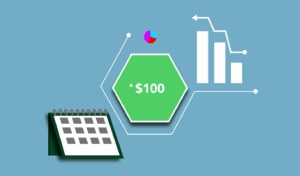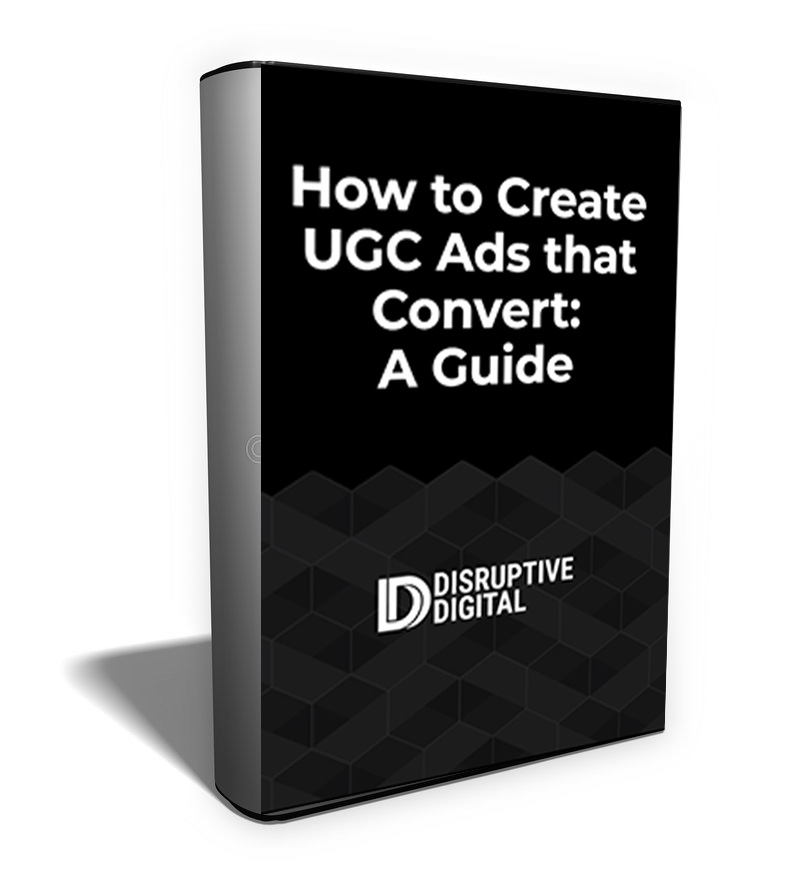Tools like Meta’s Advantage+ Shopping (ASC) have convinced a lot of people that advertising on Facebook and Instagram is easier than ever.
But machine-powered and AI-driven solutions like these haven’t replaced media buyers – they’ve just evolved the role and responsibilities of this job function.
While Advantage+ Shopping has allowed our clients to see better results, it’s also created more questions for us to answer on how to get the most out of the tool.
While media buyers might be spending less time tinkering in campaigns, they are spending more time analyzing data and coming up with larger strategic questions to improve performance.
For example, in the below image you’ll see Facebook is recommending we shut off 3 ads in our ASC campaign to drive 82% better cost efficiency.

However, we’ve also been told we can automatically test up to 150 creatives and this tool will dynamically deliver the highest performing ads via automation.Here are 11 tests worth exploring based on our initial observations around ASC’s capabilities so far and questions we still don’t know the answer to:






